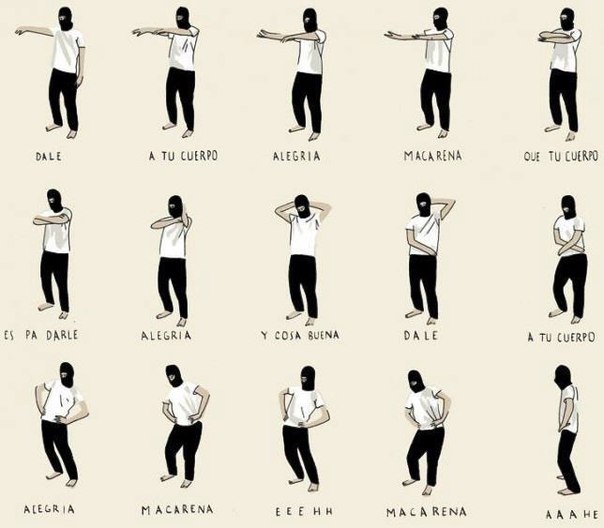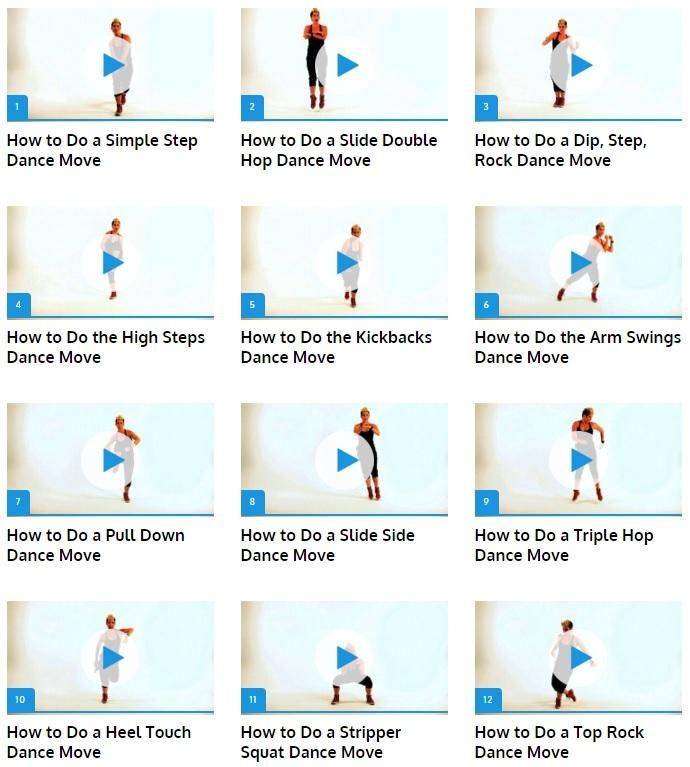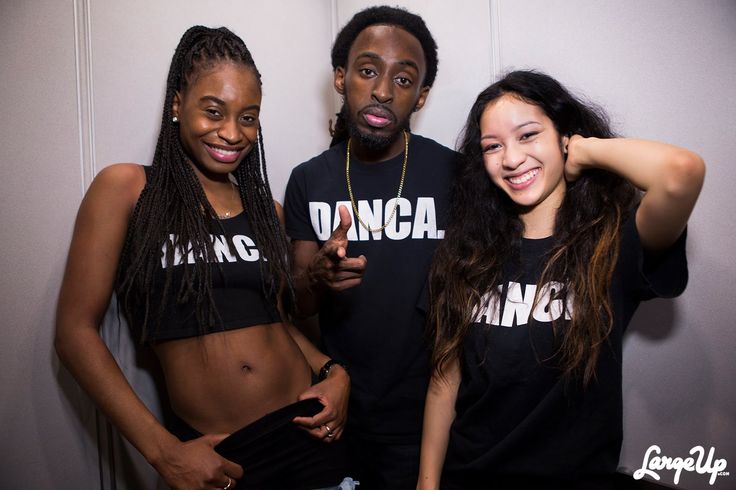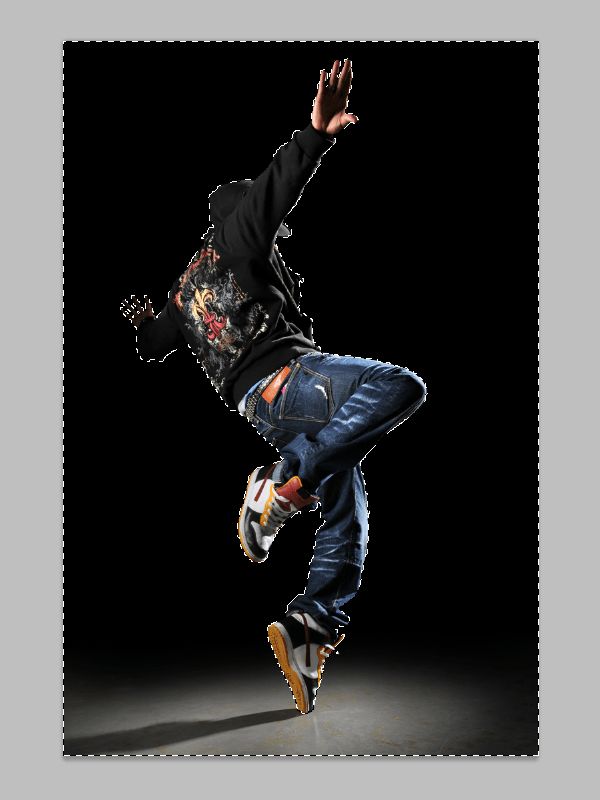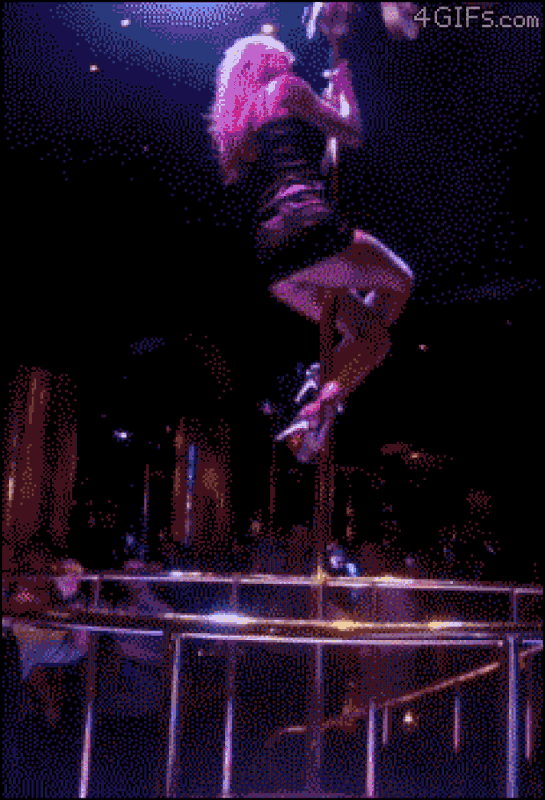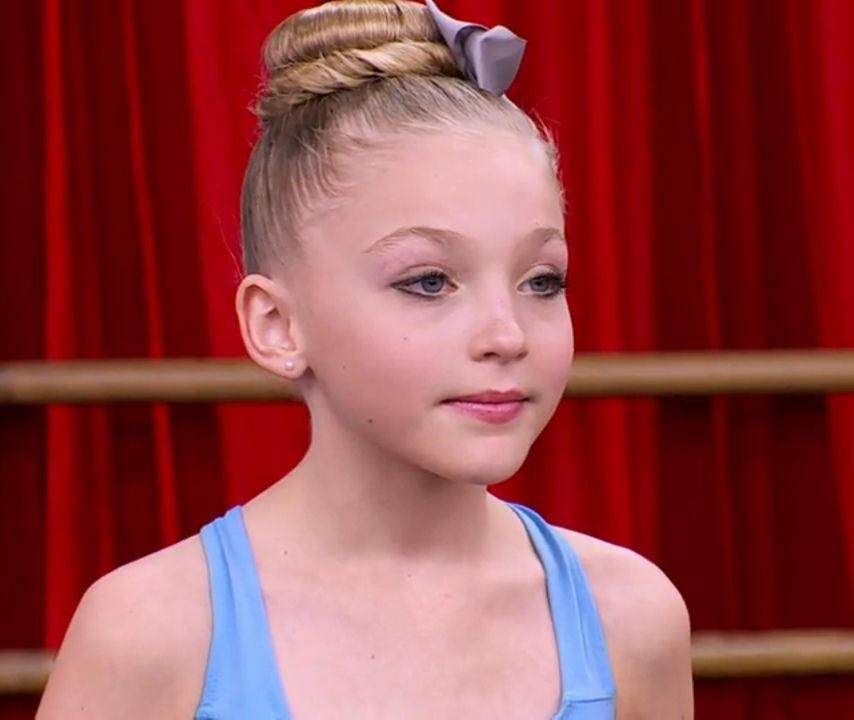How to three step dance
Country & Western - Studio 22 Dallas
Country Western Waltz
A beautiful, graceful, and elegant dance, the Country Western Waltz utilizes patterns that move diagonally, and differs in one major aspect from other ballroom-style waltzes: The CW Waltz travels continuously around the dance floor in the "line of dance;" in ballroom styles, the dance is done in a box pattern around the dance floor.
Two Step
Two Step is a smooth, progressive dance danced in dance frame, and is characterized by weaved patterns and rhythm accents that separate the quicks and slows, emphasizing slows. The basic pattern is two short walking steps ("quick-quick") followed by two longer walking steps ("slow-slow").
Progressive Double Two-Step
The Progressive Double Two-Step is a type of country and western dance popular in the Dallas/Fort Worth area. It typically consists of 6- and 8-count dance patterns.
The basic 6-beat pattern consists of two shuffle steps (counted as "1 and 2", "3 and 4") with the woman being led by an arching one quarter semicircle clockwise then counterclockwise followed by two walking steps (counted "5, 6").
Three Step
An asymmetrical dance, Three Step is also known as the "Texas Two-Step," and consists of shuffle step, followed by a walk or rock step to the side. (It is usually counted "step-together-step, step or 1-&-2, 3.") A variation of the same dance is (usually used for extemely fast music) leaves out the middle two steps, becoming a step-tap-step. Danced in relaxed dance frame, it progresses around the perimeter of the dance floor in a counterclockwise fashion like many of the other Country Western dances.
NightClub Two Step
The dance position for NightClub Two Step is with a more relaxed hold than typical ballroom dances. This relatively stationary Country Western dance was initially developed by Buddy Schwimmer in the mid-1960s. The dance is also known as "Nightclub" and was "one of the most popular forms of contemporary social dance" as a Disco Couples Dance in 1978. A classic example is the song "Lady In Red".
Triple Two-Step
Triple two-step is similar to Progressive Double Two-Step, and is a smooth dance with looped and laced patterns, performed with curved sway and shaping patterns. Like the polka and like the standard two step, the triple two-step progresses around the perimeter of the dance floor in a counterclockwise fashion.
Like the polka and like the standard two step, the triple two-step progresses around the perimeter of the dance floor in a counterclockwise fashion.
Fort Worth Shuffle
Also known simply as "Shuffle," this dance is consists of 6-count (1, 2, 3, 4-&-5, 6-&) or 8-count (1, 2, 3, 4-&-5, 6, 7, 8-&) patterns danced progressively around the floor. As you guessed, Shuffle is popular on the Fort Worth side of the metroplex.
Country Swing
The style referred to as "Country Swing" is an exhibition style first popularized by the Aggie Wranglers, a show dance team of students from Texas A&M University. It incorporates a combination of Polka and Jitterbug steps and patterns, as well as a variety of spins, tricks and lifts. [Note: Studio 22 does not offer Country Swing, as it is intended for performance (as opposed to social) uses, and requires extensive dance experience to properly execute the showy moves in a way that is safe to both the dancers and bystanders.-Step-16.jpg/aid1640374-v4-728px-Shuffle-(Dance-Move)-Step-16.jpg) Many area clubs have banned moves above the shoulders for safety reasons.]
Many area clubs have banned moves above the shoulders for safety reasons.]
Basic Steps in Ballroom Dancing
| See also: Ballroom DVD's & Videos >> << Learning Center Intro |
| Basic Steps in Ballroom Dancing PLAY
| |||||||||||||
This free streaming video introduces you to the vocabulary of basic dance steps used in ballroom dancing. Dance teachers often use terms such as triple step and coaster step without realizing that a beginner may not know what these terms mean. About twelve basic steps are defined in the video. Other free streaming videos in our series cover other “ballroom basics” such as turn technique, foot positions, the dance hold, and exhibition dance terms.
Dance teachers often use terms such as triple step and coaster step without realizing that a beginner may not know what these terms mean. About twelve basic steps are defined in the video. Other free streaming videos in our series cover other “ballroom basics” such as turn technique, foot positions, the dance hold, and exhibition dance terms.
Triple step - Triple steps are popular in swing dancing. The Triple Step is a three step sequence taken on two beats of music. If the first step of the triple step is taken on count 1, the second step is taken on the half beat between counts 1&2, and the third step is taken on count 2. The step timing is often called out as 1&2. Usually the triple step is two quick steps and one slow, called out as "quick-quick-slow", or, using numbers, as "one-and-two.”
Rock Step - Here we see a sequence of two steps called a rock step. The step timing is usually slow-slow.
Basic of East Coast Swing - The combination of two triple steps and a rock step form the basic step of triple timing swing or the East Coast Swing. The step timing is usually called out as 1&2, 3&4, 5,6.
The step timing is usually called out as 1&2, 3&4, 5,6.
Ball-Change - Here we see a sequence of two steps called a ball-change. Weight on the ball of the foot is changed to the other foot.
Kick Ball Change - A popular swing dance step is the kick-ball-change step, which can be used to replace the rock step. The timing is usually 1&2.
The Basic Step of the Carolina Shag - The combination of two triple steps and a kick ball change can be used in triple timing swing dances such as the Carolina shag.
Coaster Step - The coaster step is usually a back-together-forward triple step danced to the timing of 1&2 or quick, quick, slow.
Sailor Step - The sailor step has a side to side look. It is also a triple step danced to the timing of 1&2. The step is accomplished by leaning in the opposite direction of the crossing foot.
Anchor Step - The anchor step is a stationary triple step danced in third foot position to the timing of 1&2.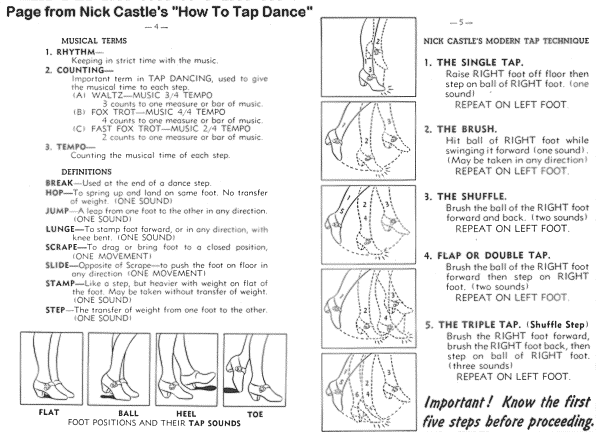 It is popular in the west coast swing.
It is popular in the west coast swing.
Grapevine - The grapevine is a continuous traveling step pattern to the side usually with alternating crosses behind and in front of the supporting foot.
Lock Step – The lock step is usually danced to triple step timing. During the step, the lower part of the legs cross such that the back leg becomes locked behind the leading leg until the leading leg moves forward. The lock step is often used in the triple step of the cha cha cha
<< Back to top
Pas de valse
Name:
Pas (French) - step
Valse (French) - waltz
Pas de valse (Pas de waltz, Pa waltz) - waltz steps, waltz step
Waltz Pa is a dance element consisting of 3 steps: two passing forward steps and a prefix (step-step-prefix).
Music
Time signature 3/4.
Slow or moderate pace.
The waltz pa takes 1 measure.
Score: I-1-I-2-I-3
Preparatory exercises
- Bringing the leg to the toe - battement tendu (buttman tandyu) 3 positions in a cross one at a time (right foot and left foot).
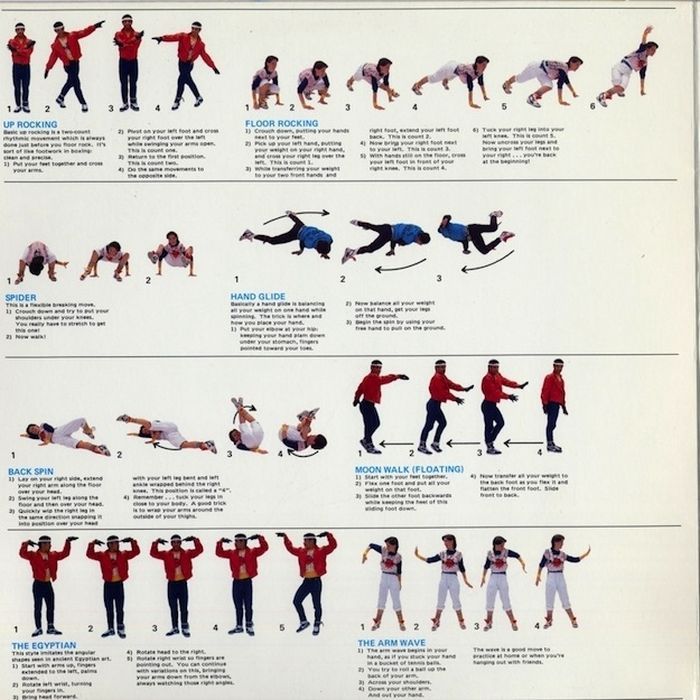
- Rise on the half-toes (relevé - relevé) in 3 positions.
- Dance step
Waltz Pa
Starting position:
The dancers stand in a circle, facing along the dance line.
Legs - in 3rd position (right leg in front)
Arms - in ball position (slightly away from the body).
1 measure - Waltz pas forward along the line of dance from the right foot.
| Account | Movement description |
| Start (I) | Bring the right leg, straightened at the knee, forward to the toe (in 4 pos.) - battement tendu - battman tandyu with the right foot forward. Slightly soften the knee of the supporting left leg. |
| 1 | Sliding step with the right foot forward along the line of dance from the toe to the entire foot. Shift your weight onto your right leg. Slightly soften the knee of the right leg. The left leg remains behind on the toe (in 4 pos.). |
| and | The left leg, also softened at the knee, is held next to the right leg through 1 pos. (the heel of the left foot next to the heel of the right foot) and is brought forward to the toe (in 4 pos.). |
| 2 | A small step with the left foot forward along the line of dance on low toes. Shift your weight onto your left leg. The right leg remains behind on the toe. |
| and | With a sliding motion, pull up the right leg with the toe on the floor and put it on the toes in 3 pos. behind the left leg. (Weight is on two legs.) |
| 3 | Get down on full feet in 3 poses. (left leg in front). Shift your weight onto your right leg. |
2 measure – Waltz pas forward along the line of dance from the left foot.
Performed in the same way.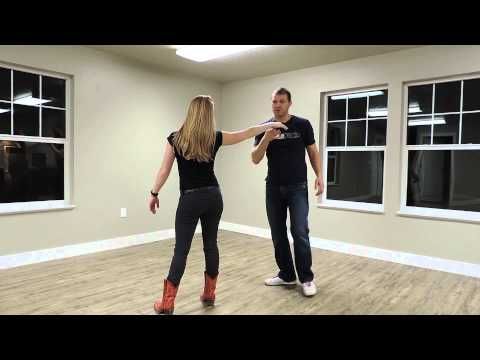
Waltz pa paired with half turns
Starting position:
The dancers stand in a circle, facing each other (the boy - with his back to the center, the girl - facing the center.
Legs - in 3 positions: the boy has his left leg in front, the girl has the right leg in front
The hands are connected in 2 positions, the connection is "boat", "by the fingers" (The girl's fingers lie on the boy's fingers. Partners hold each other's fingers with their thumbs. Elbows are rounded.)
1 measure – Waltz pas with a turn of the face along the line of dance.
The first step for both partners is turning - a step to the side, with a turn of 90 degrees. (face along the line of dance). The second and third steps are forward along the line of dance.
The boy performs the Pa waltz from the left foot with a turn on the first step to the left by 90 degrees.
A girl performs a Pa waltz with her right foot, turning 90 degrees to the right on the first step.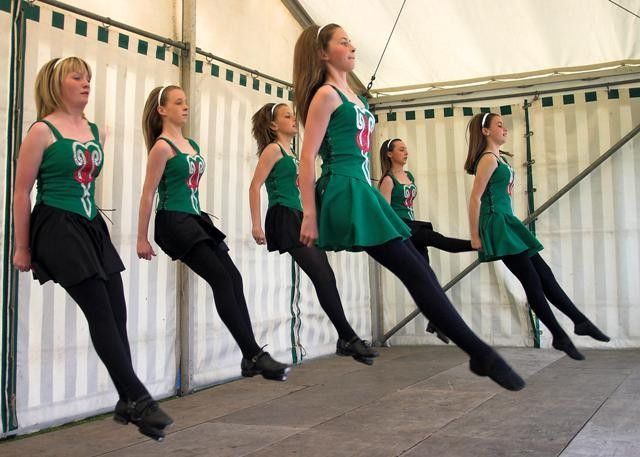
The left hand of the boy and the right hand of the girl are separated and moved to the sides (in 2nd position).
The connected right hand of the boy and the left hand of the girl pass through the bottom and are brought forward, at the level of 1 position.
Ending: partners stand facing along the line of dance (the girl is to the right of the boy).
The right hand of the boy and the left hand of the girl are connected at the level of the 1st position. Free hands - in 2 positions.
2 measure – Waltz Pa with facing each other.
The first step for both partners is turning - a step forward, with a turn of 90 degrees. (facing each other). The second and third steps are to the side.
A boy performs the Pa waltz with his right foot, turning on the first step to the right by 90 degrees.
A girl performs a Pa waltz with her left foot, turning 90 degrees to the left on the first step.
The left hand of the boy and the right hand of the girl join again in 2 positions.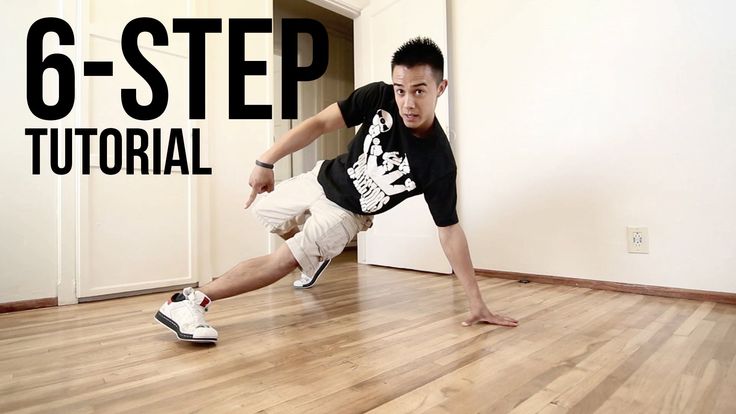
Ending: partners stand in the starting position.
Literature
- Ballroom dancing. Sarikojumu dejas. Lasman Milda. Publishing house Latvias Valsts Izdevnieciba, Riga (Riga), 1954
- "Dance ". Textbook for theatrical universities (on stage dance). Vasilyeva E.D. M., Art, 1968
Video for the dance element "Waltz Pa"
Waltz Pa with half-turns is demonstrated by the leaders of the dance club "Phoenix" DKiT im. I.I. Gaza - PAVLOV V.G. (z.r.k. RF, President of MAUT, Fellow and Examiner of IDTA) and LEVITSKAYA E.A. (Fellow IDTA).
Video recording made at seminars for leaders of amateur ballroom dance groups in DNTiD St. Petersburg, 2009– 2010 academic year.
How to learn to dance the waltz
Waltz! And now light vapors are already spinning, spinning, swiftly and smoothly sweeping one after another. Start learning to dance, and become more slender, dexterous, fit. You will not touch the corners and jambs ... But does this happen to you sometimes? Confess! Your step will become light, springy, you will straighten your shoulders, learn to keep your head straight.
Start learning to dance, and become more slender, dexterous, fit. You will not touch the corners and jambs ... But does this happen to you sometimes? Confess! Your step will become light, springy, you will straighten your shoulders, learn to keep your head straight.
Be sure to learn to dance, and we will help you.
WALTZ
To learn how to dance the waltz, it is enough to know two movements: the right turn and the "path". The "track" is quite easy to learn, so the most important thing is the turn. We will start with him. A full turn of the waltz (360 degrees) consists of two parts and is performed for two measures. The musical size of the waltz (one measure) is 3/4. This means that the waltz rhythm is a continuous repetition of counting: one, two, three; one, two, three... Before starting to learn to dance in pairs, everyone must learn the waltz turn on their own.
FIRST HALF TURN
(Count: "one, two, three")
Become a face along the movement, or, as they say, along the line of dance.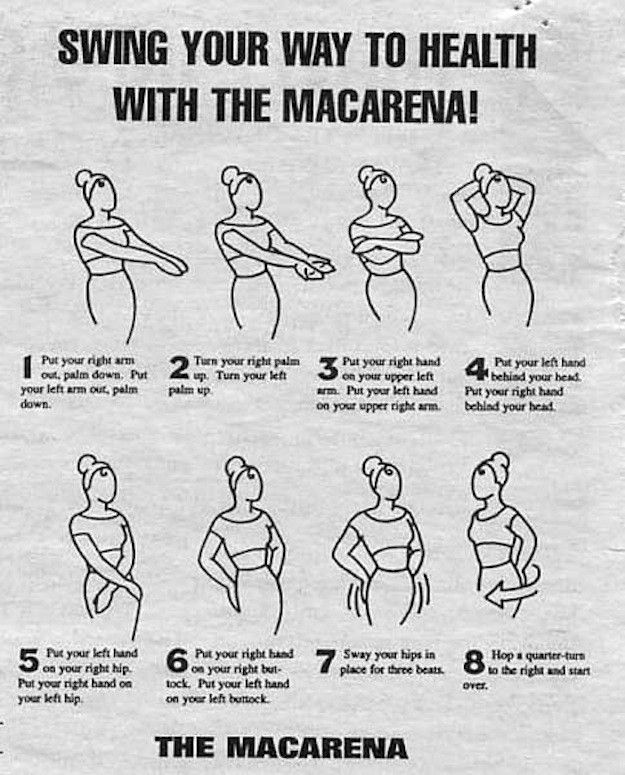 Put your feet in the third position, that is, the heel of the right foot is attached to the middle of the foot of the left and the socks are turned to the sides, as shown in the figure. This extended position of the legs is called eversion. In the waltz, the legs must be in an eversion position at all times.
Put your feet in the third position, that is, the heel of the right foot is attached to the middle of the foot of the left and the socks are turned to the sides, as shown in the figure. This extended position of the legs is called eversion. In the waltz, the legs must be in an eversion position at all times.
So let's get started. Take a step forward with your right foot, starting to turn to the right (count: "one" - the first quarter), then step with your left foot, turn to the right even more, and now you are standing with your back along the dance line (count: "two" - the second quarter), pull the right leg to the left in the third position (count: "three" - the third quarter). This is the diagram of the first half of the turn.
Do it several times in a row, turning exactly 180 degrees each time. In order for this scheme to turn into a half-turn of the waltz, rise to the half-toes on the second step and lower at the end of the third step from the half-toes to the soles of both feet, ending the movement with a smooth, slightly noticeable squat.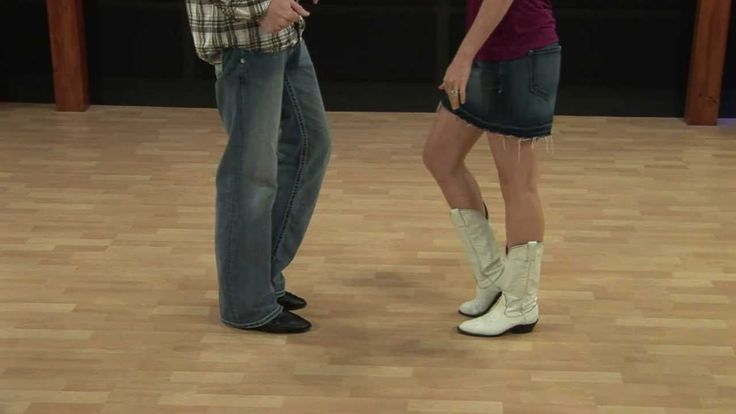 All steps should be light and gliding.
All steps should be light and gliding.
SECOND HALF TURN
(Count: "one, two, three")
You stand with your back in the line of dance. Legs in third position. Take a step with your left foot to the side (count: "one" - the first quarter), body weight on the left foot, there is no turn yet. Bring the right foot with the inside of the toe behind the heel of the left, that is, inverted (count: "two" - the second quarter), slowly turn on the half-toes of both legs to the right, so as to be facing the line of dance (count: "three" - the third quarter ). Check that the rotation should be swarmed 180 degrees. What we have now learned is the scheme of the second half of the turn.
Do this pattern again, but with the following conditions: the first step should go diagonally back and to the side (more to the side than back). At the same time, make sure that the left leg maintains an eversion position. On the second step, bringing the right foot with the toe behind the heel of the left, put it close (but not close, otherwise you will not be able to turn), so that the turn without additional prefixes ends in the third position.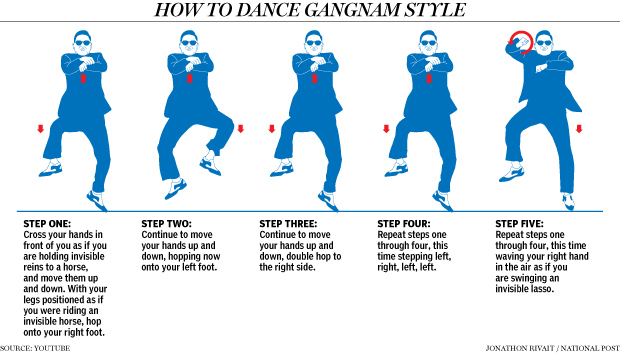
In the final form, the turn is performed as follows: after the "skid" it is necessary to turn very smoothly, without any effort of the body, on half-fingers. Body weight is greater on the left leg. On the count of "three", as in the first half of the turn, you should lower yourself from the half-toes and slightly noticeably, gently sit down.
HOW TO MAKE A FULL TURN!
Face in line of dance with feet in third position. Make the first half of the turn (1st measure - count: "one, two, three"). You ended up with your back in the line of dance. Continue turning to the right, doing the second half of the turn you just learned. So you have returned to the starting position (2nd measure - count: "one, two, three"). Now you can start all over again: the first half, the second, the first again, etc. Practice well. First, about thirty times, turn very slowly, counting, then faster, even faster.
IT IS EASY TO TURN BY ONE, IT IS HARDER TO TURN IN A PAIR
And this is true at first.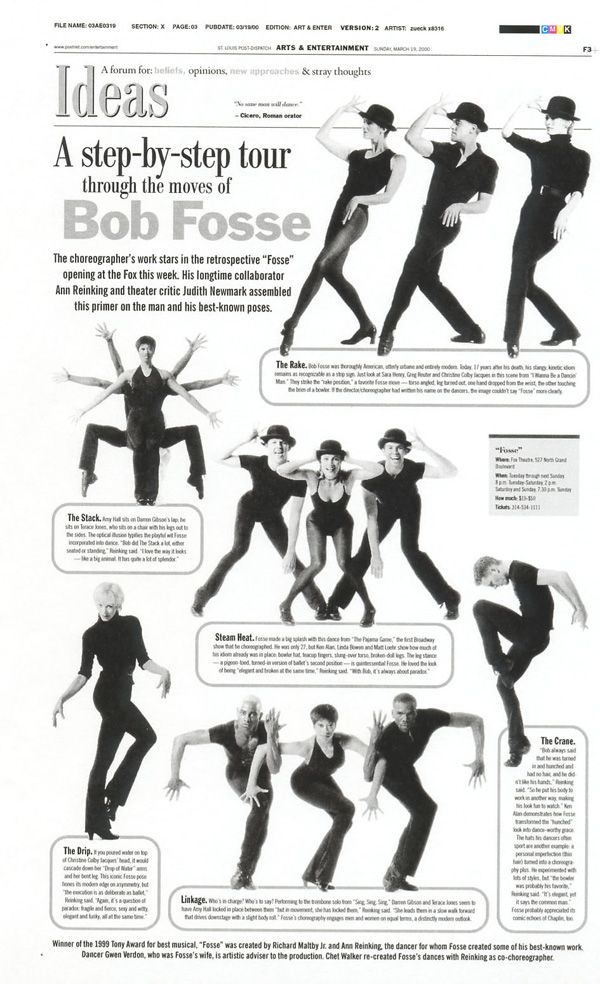 Because mistakes, insecurities of one are transferred to another, and you go astray.
Because mistakes, insecurities of one are transferred to another, and you go astray.
Pair up for a waltz. The girl should face in the line of dance, the boy - with his back. This means that the girl will start the waltz from the right foot forward (from the first half of the turn), the boy starts from the left foot to the side (from the second half of the turn). Then the girl dances the second half of the turn, the boy the first, and so on. All the time at the same time they perform different halves of the turn.
Do not immediately try to spin at a fast pace.
Pay special attention to whether you put your foot in the first step of the second half of the turn and whether the first step from the right foot was shortened in the first half.
Remember that when circling in a waltz, you must always move forward along the line of dance. And for this, for each beat, you must turn exactly 180 degrees. The division of the waltz turn into two halves is purely arbitrary and should not affect the smooth and continuous character of the dance.
WE GO TO THE "TRACK" OF THE WALTZ, AND THIS MEANS THAT THE MOST DIFFICULT IS ALREADY BEHIND
You can't dance the waltz, just spinning in one direction. This is both tiring and makes the dance monotonous.
This is where the "track" is needed.
Stand one at a time, facing along the line of dance and march to the music of the waltz, taking one step for each count (each quarter). This is unusual, but not difficult if you carefully listen to the music.
Walk again, but now on half toes. The knees are tucked up, but not tense. The steps are small.
Now try for every third count to gently lower yourself from the half-toes of the leg that has come forward to the entire foot. At the moment when you lower yourself from the toes, the other leg is simultaneously brought forward.
"Track" is played easily and smoothly. One "track" of the waltz takes three counts ("one, two, three" - one beat). Be careful not to take a big step on the first count. All steps of the "track" are the same size.